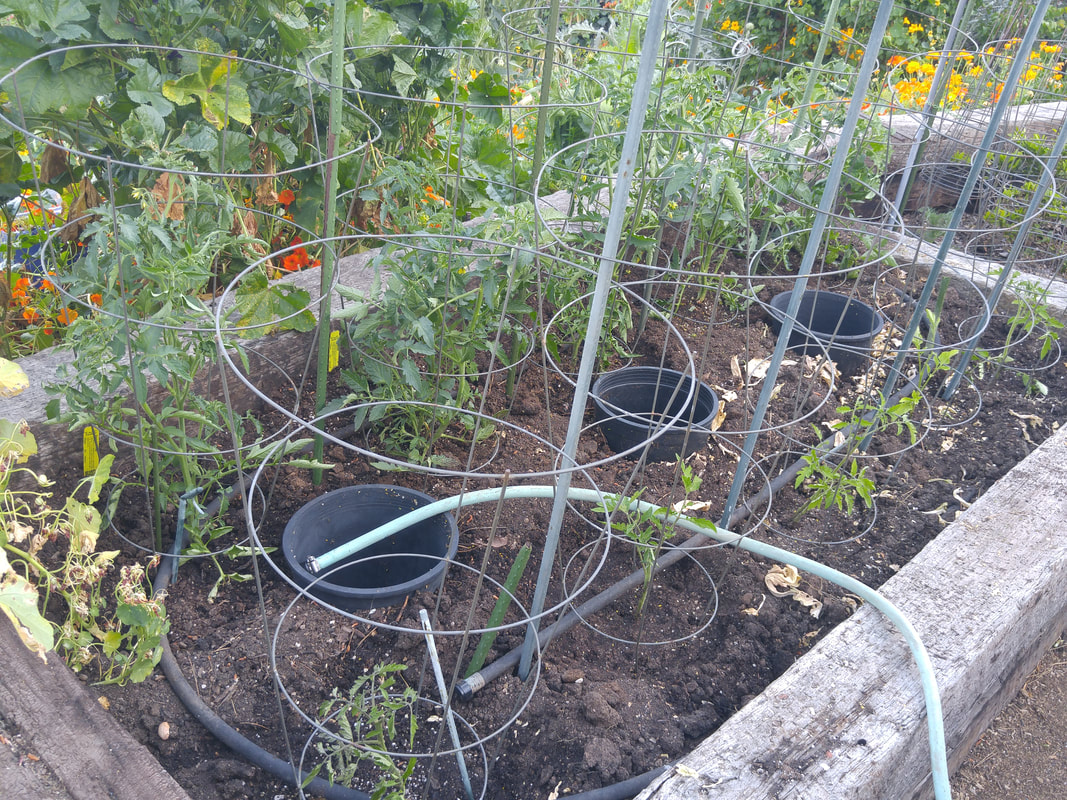 Tomatoes at left were transplanted a month ago and are 2 1/2 feet tall and multi-branched, indicating an extensive root system, so I'm letting them set their flowers. Plants at right are newly planted, hopefully to provide successive harvests. We'll see whether they will instead catch up and all produce at the same time! | With days consistently in the mid-80s and nights in the 60s, the garden is thoroughly “springing” into early summer. The edibles of winter and spring -- bok choy, purple sprouting broccoli, cilantro, lettuce and tatsoi -- have all finally bolted and bloomed, and nasturtiums are looking a bit blowsy and worn out from the winds. Celery is beginning to bolt, but I’m keeping it well-watered to keep the stalks crisp. Artichoke globes are delicious and plentiful, big carrots are pulled so the littler ones can develop further, and oregano is ready for clipping and drying. Carrots Carrots are really crowded since I’d sowed several times when the first sowings didn’t germinate as readily as I thought they should. So harvesting becomes searching for the big ones to relieve the pressure on surrounding tinier ones and enable them to grow. After pulling the ones I want, I water the bed to resettle the remaining roots and remoisten the soil down to the tips of the roots. This keeps them growing in cool soil so the sweetness is paramount. As the summer heat increases, and water in the soil evaporates so the growing medium is drier, the sweetness will dissipate in favor of the “turpentiney” base flavor which makes them unpalatable no matter which the variety. Peas Peas are finishing up, with some varieties completely dried up but others still green and producing. My favorite variety of the edible-pod type, Super Sugar Snap, yielded more than 2 gallons of pea pods over the last month. So it definitely stays on my list of must-grow varieties. Sugar Daddy, a dwarf version of Sugar Snap, was nowhere as plentiful as Sugar Snap. Cascadia did well, in flavor and yield. I’ll grow it again next year. The Sugar Magnolia variety was a first-timer for me, and in some ways astounding – more than 9 feet tall, with lilac-and-purple blossoms (unlike the white of all other edible-pea varieties), extensive tendrils, and high yield of purple pods (luckily, the vines slowly bent over when they had nowhere to attach above my 7-foot trellis, so the pods were within easy reach to harvest). But they didn’t taste anywhere as sweet as the Super Sugar Snaps, even though I purposely picked them at varying stages of maturity just to determine when I liked them best. So, I won’t grow them again. My husband’s row of peas – he prefers the ones you have to open and eat only the morsels inside – included Burpeeana Early, Iona, Sabre, and Wando. All bore well but totaled only 1 gallon of pea pods over the month. All four are still producing a few pods, but the vines are dying back. Tomatoes Tomatoes planted a month ago are now vigorous and multi-branched 2 1/2 feet tall so I’m letting them set their blooms. Letting the transplants focus their energy on developing extensive root systems is far superior to letting early blossoms set and divert energy to ripening the fruit since this doesn’t allow the plant to get well established first. I’ve just planted another batch of tomatoes – my favorites – Black Krim, Celebrity, Cherokee Purple, and Paul Robeson. Even though I purchased the 4” plants at the same time, I’ve kept these well-watered and in the sun so I could delay their planting into the prepared beds for hopefully a succession of harvests after the first ones slow down. We’ll see whether this ploy works! More April and May To-Dos See Monthly Tips. |
|
2 Comments
|
Categories |

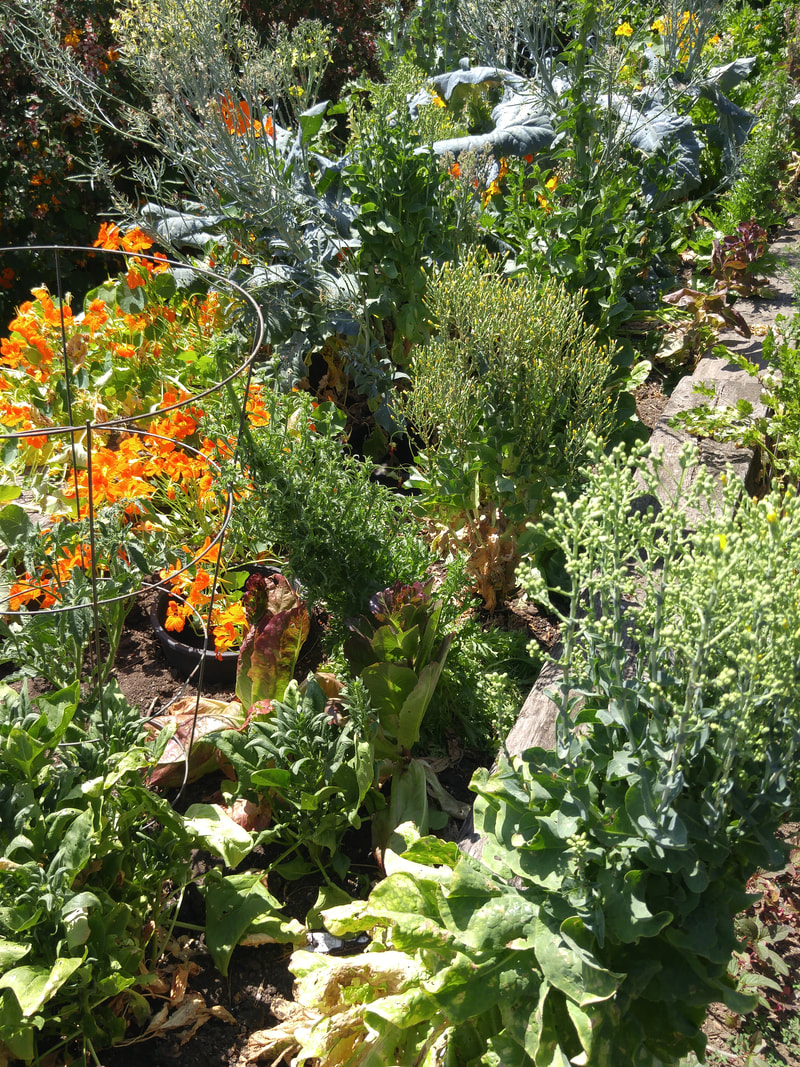
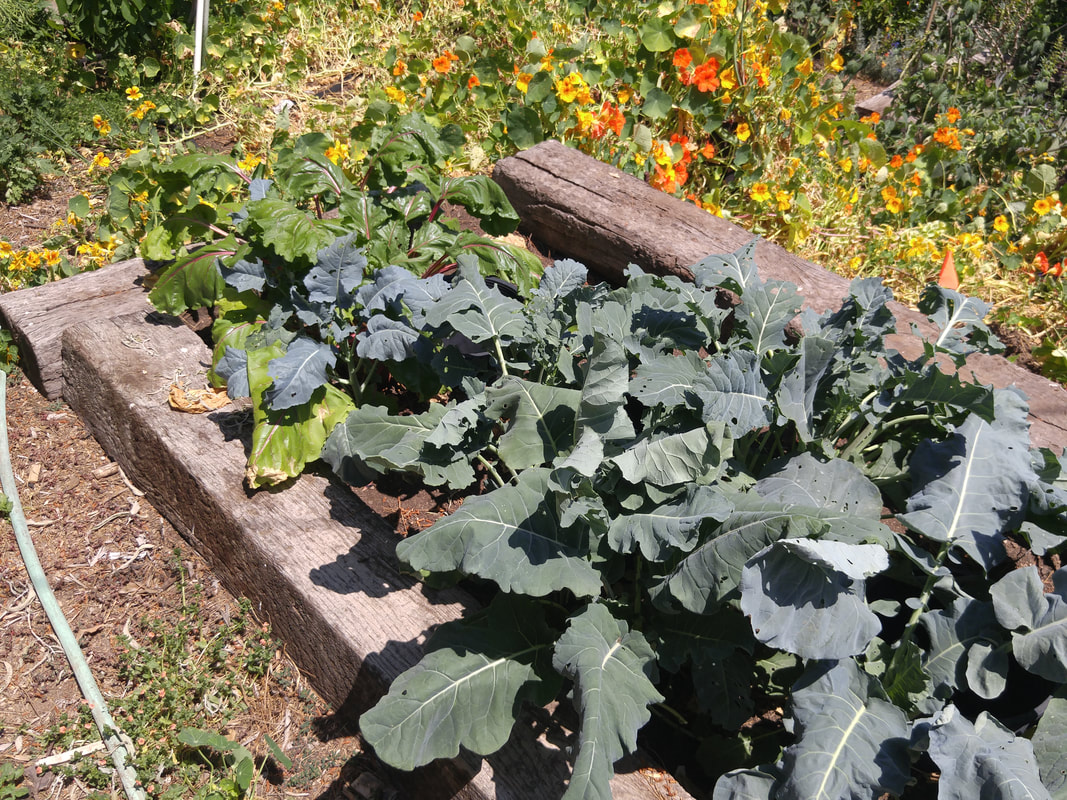
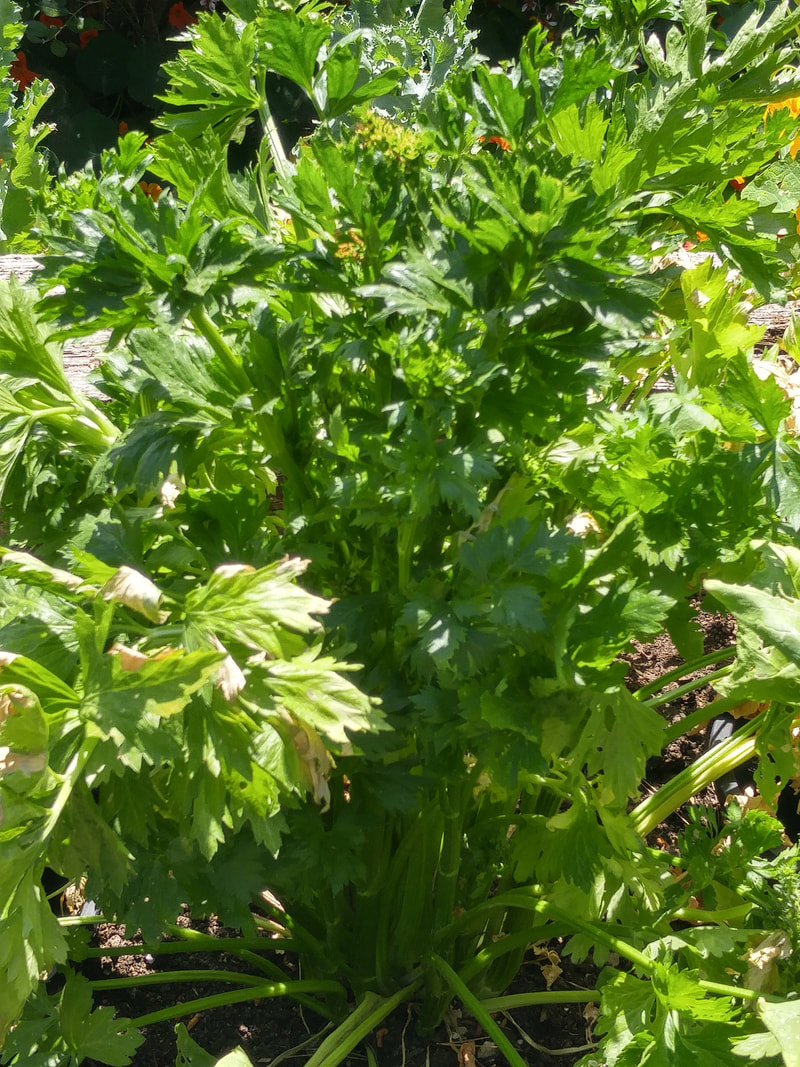
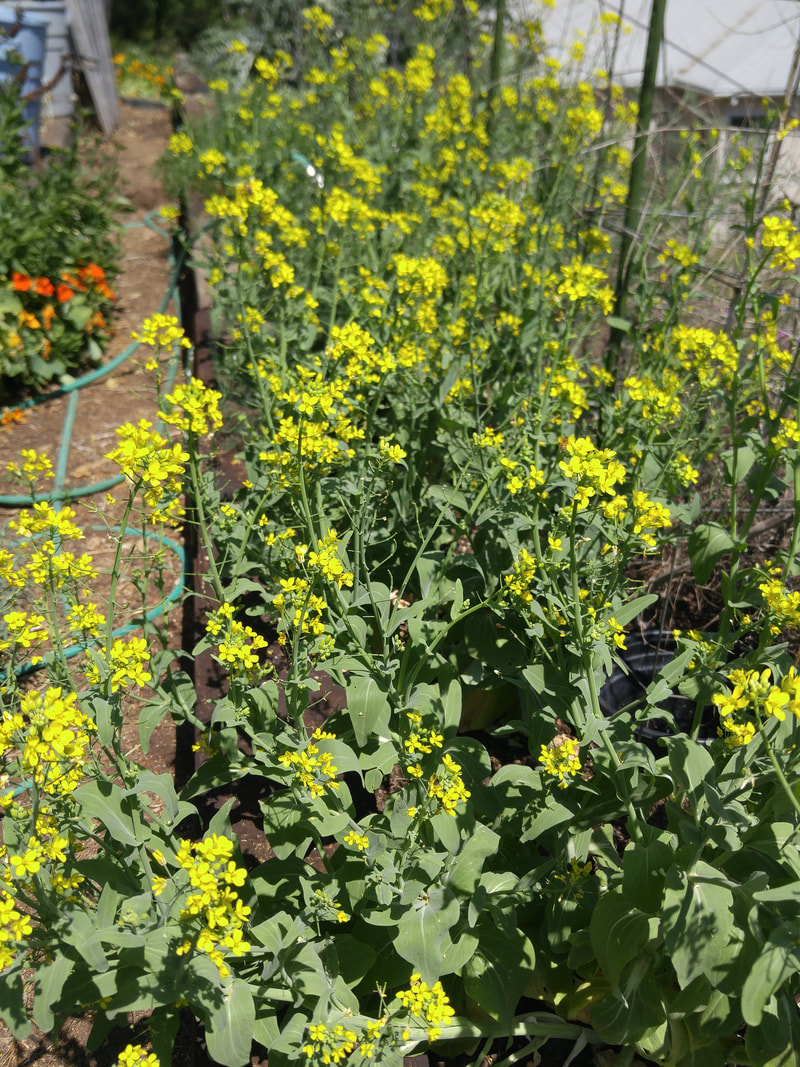
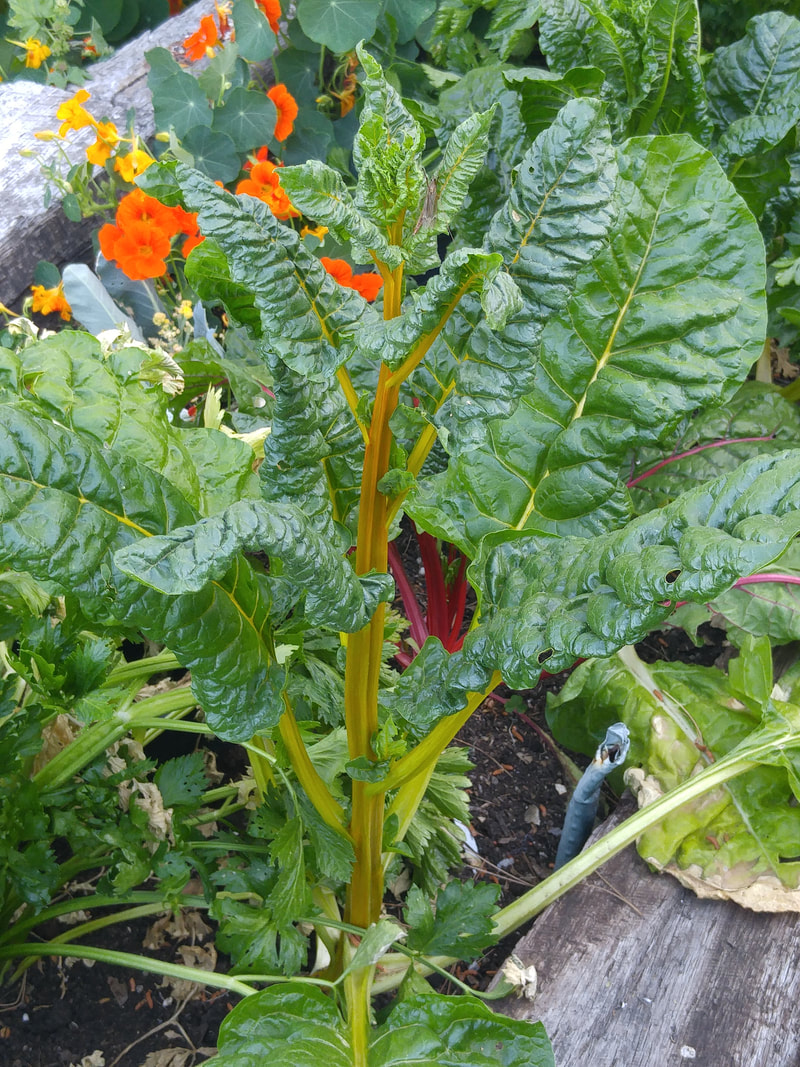
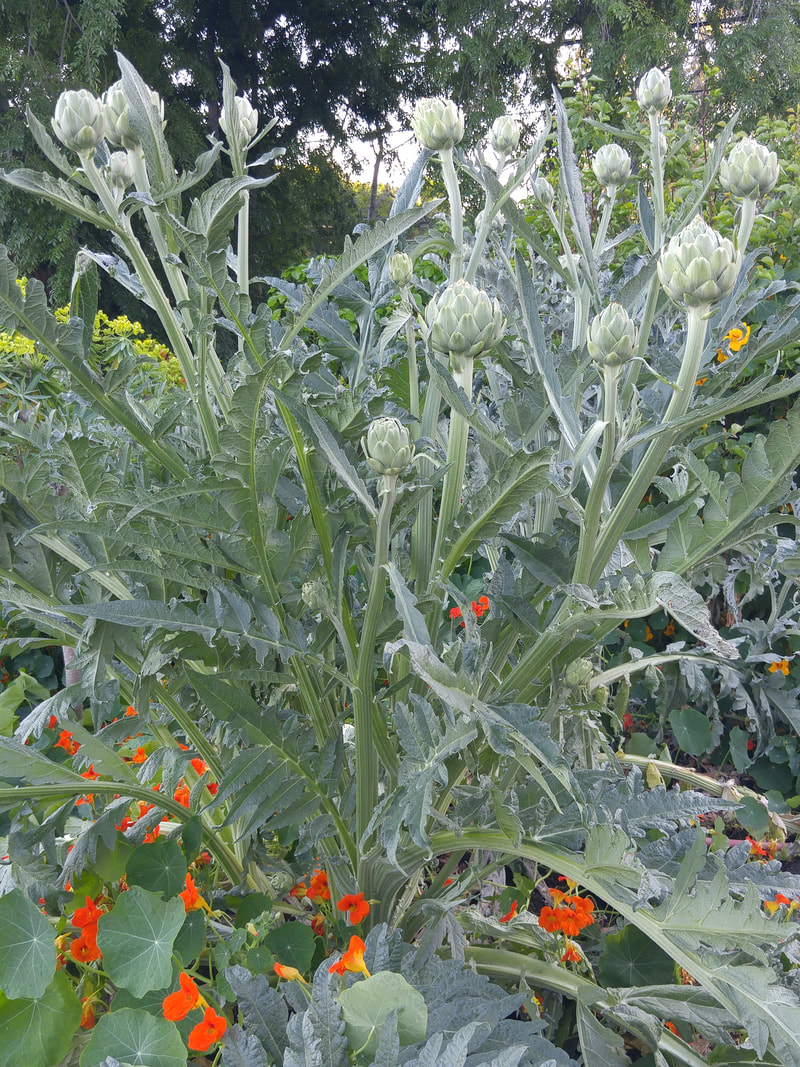
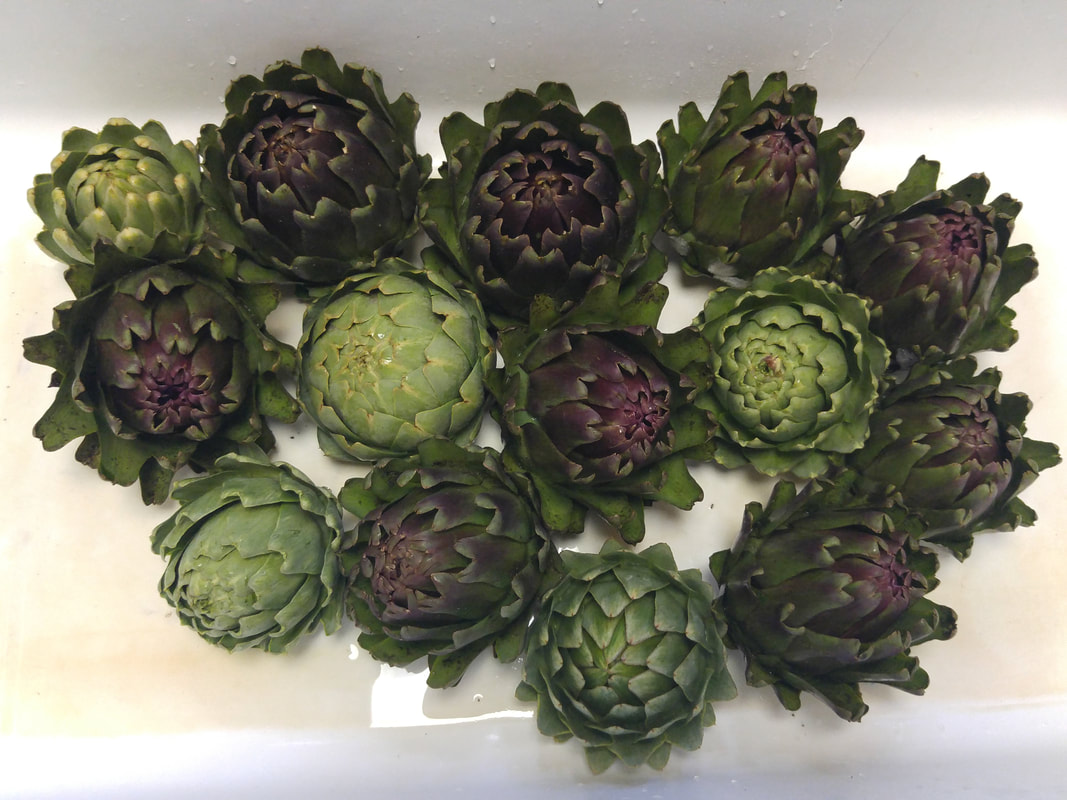
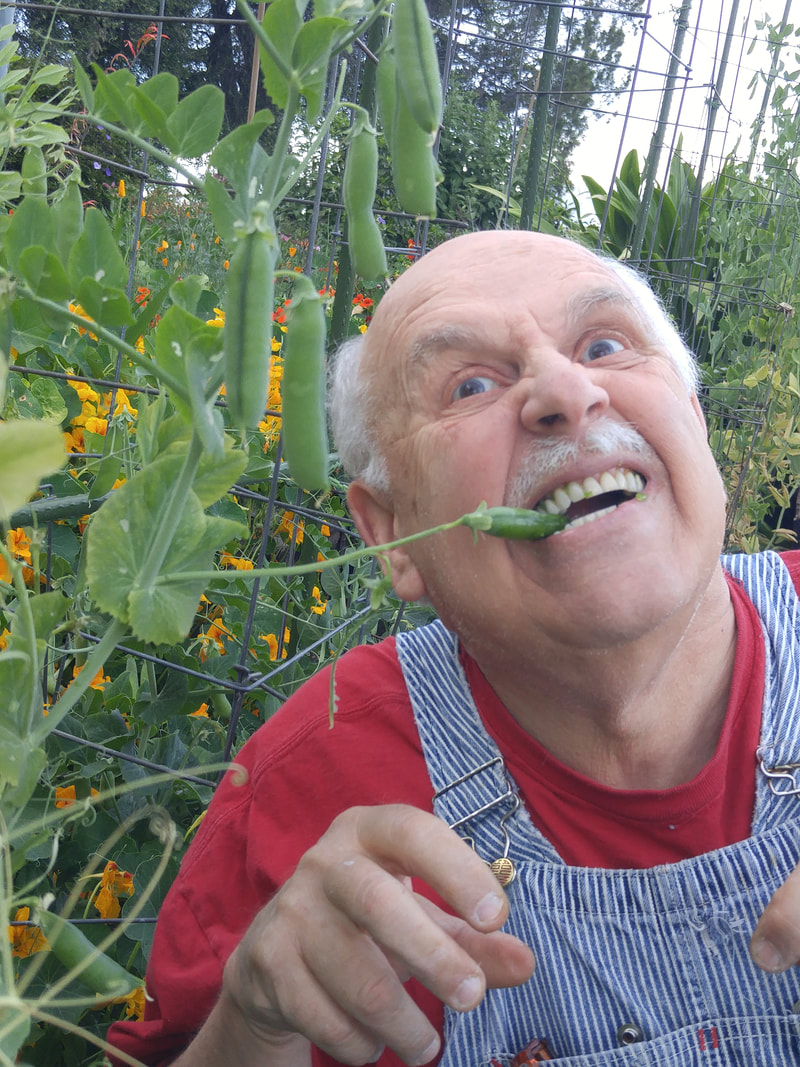
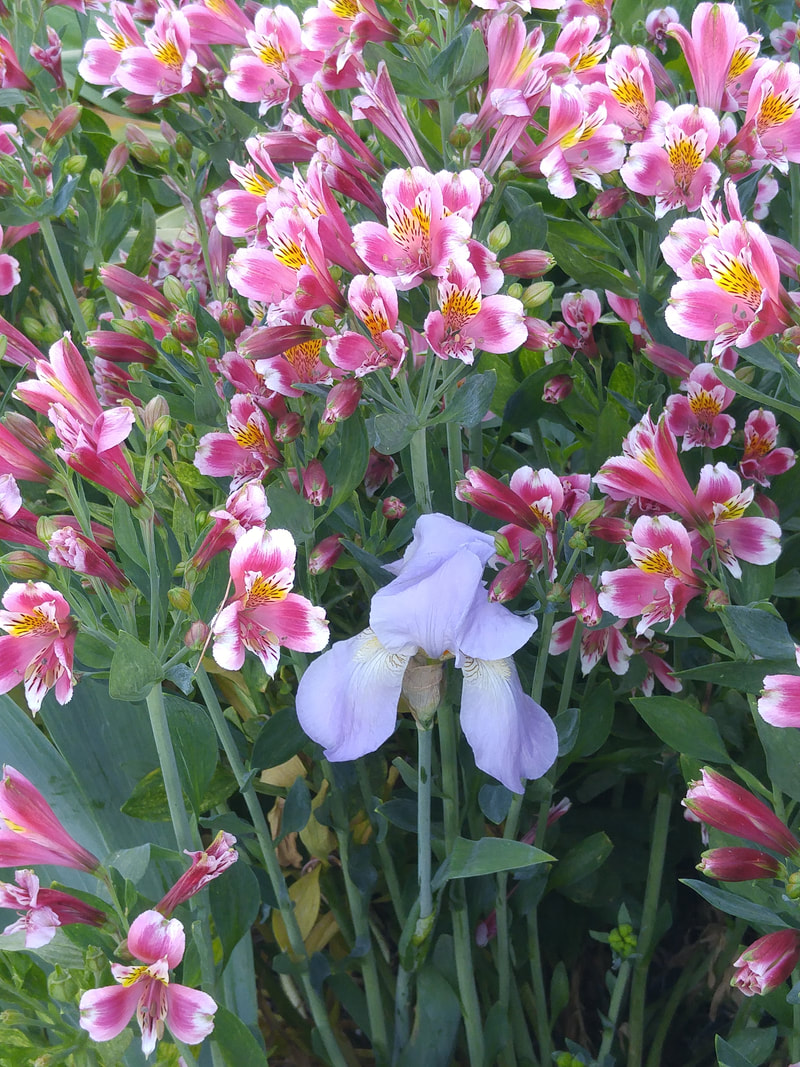
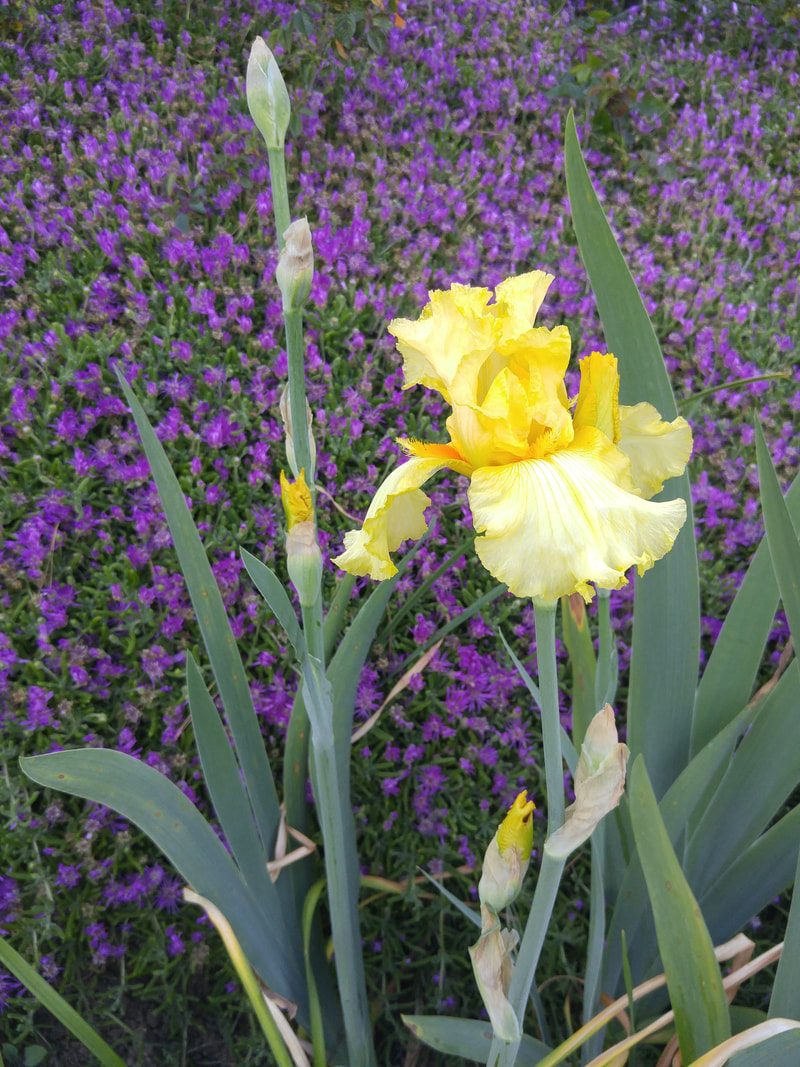
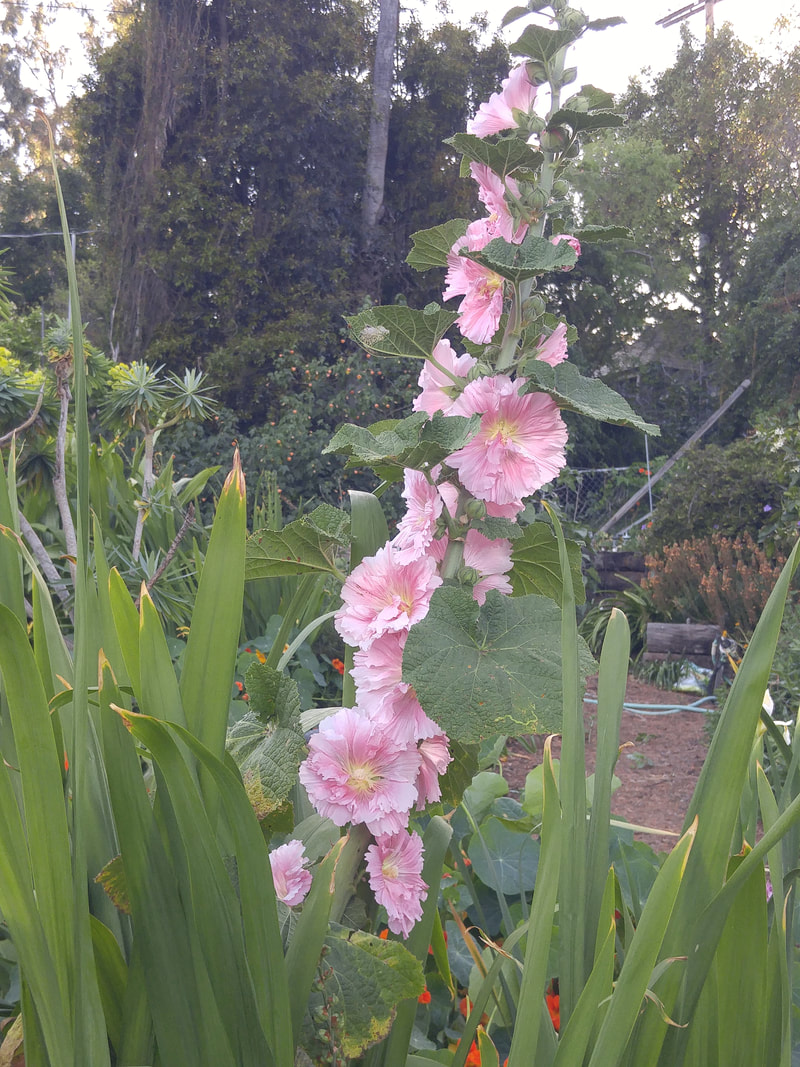
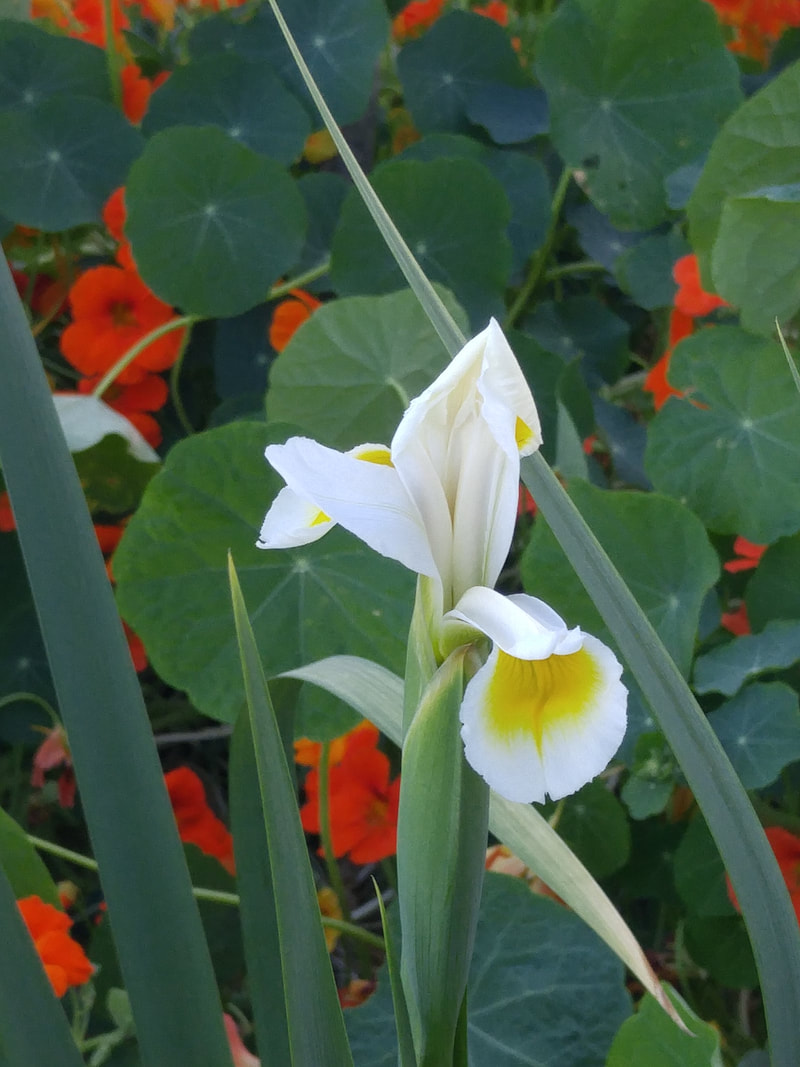
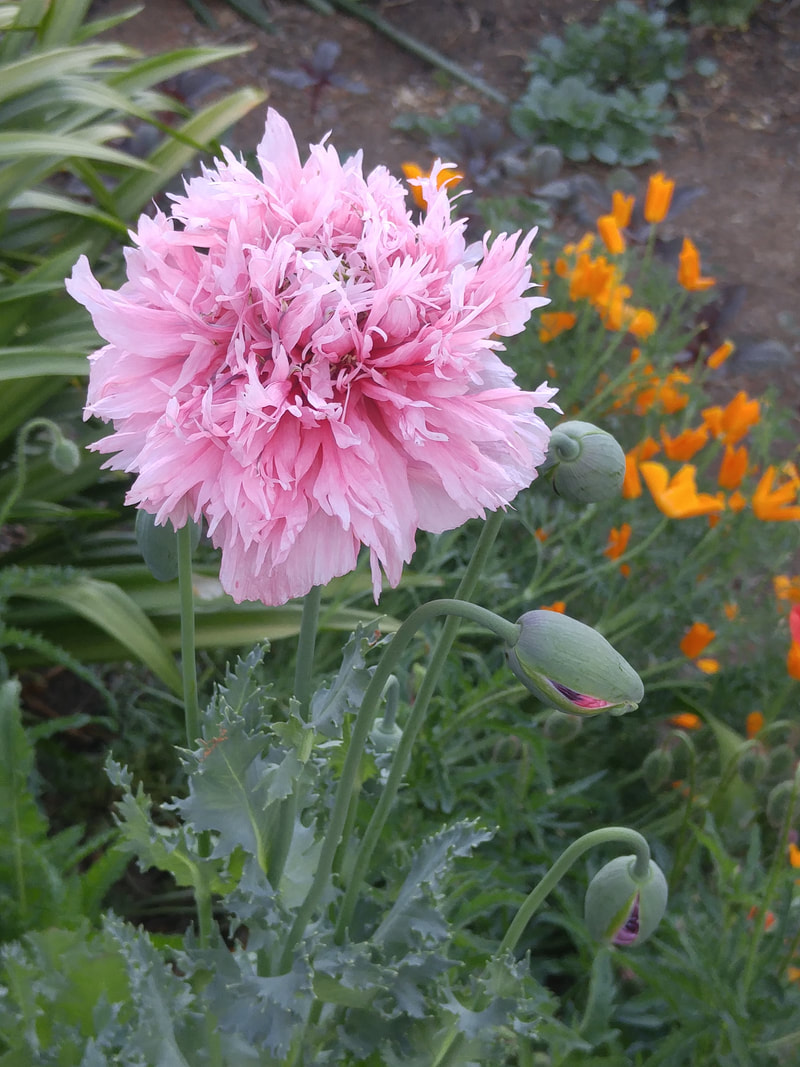
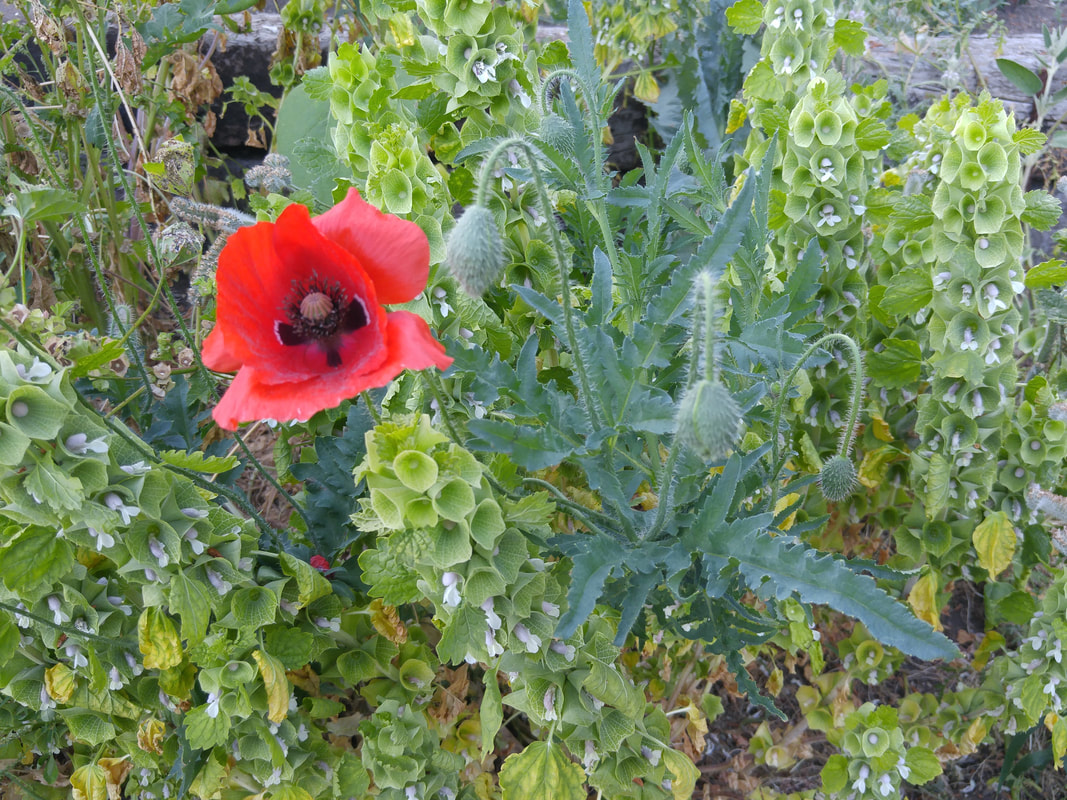
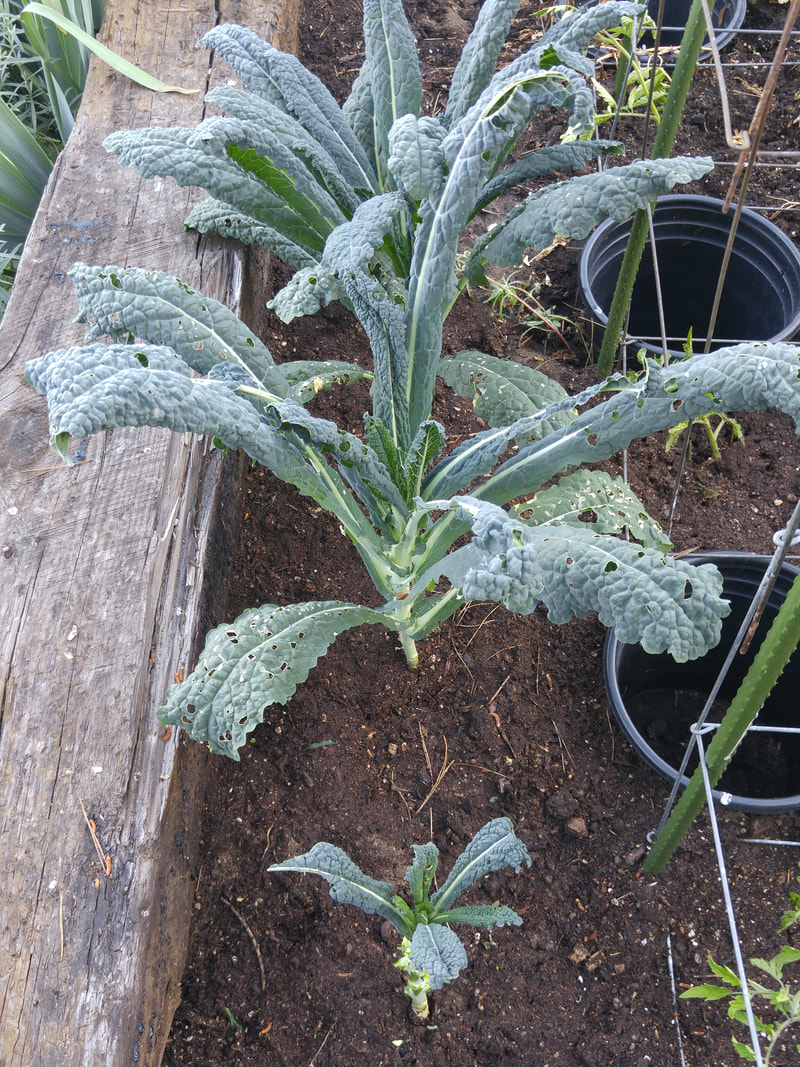
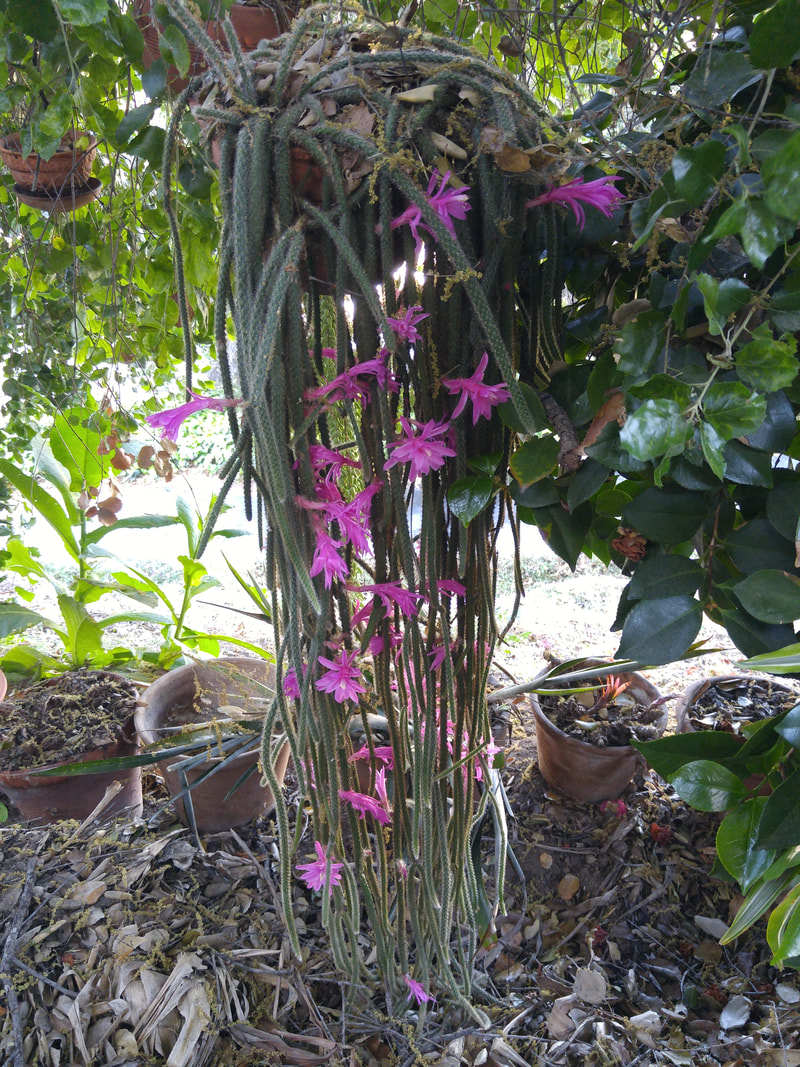
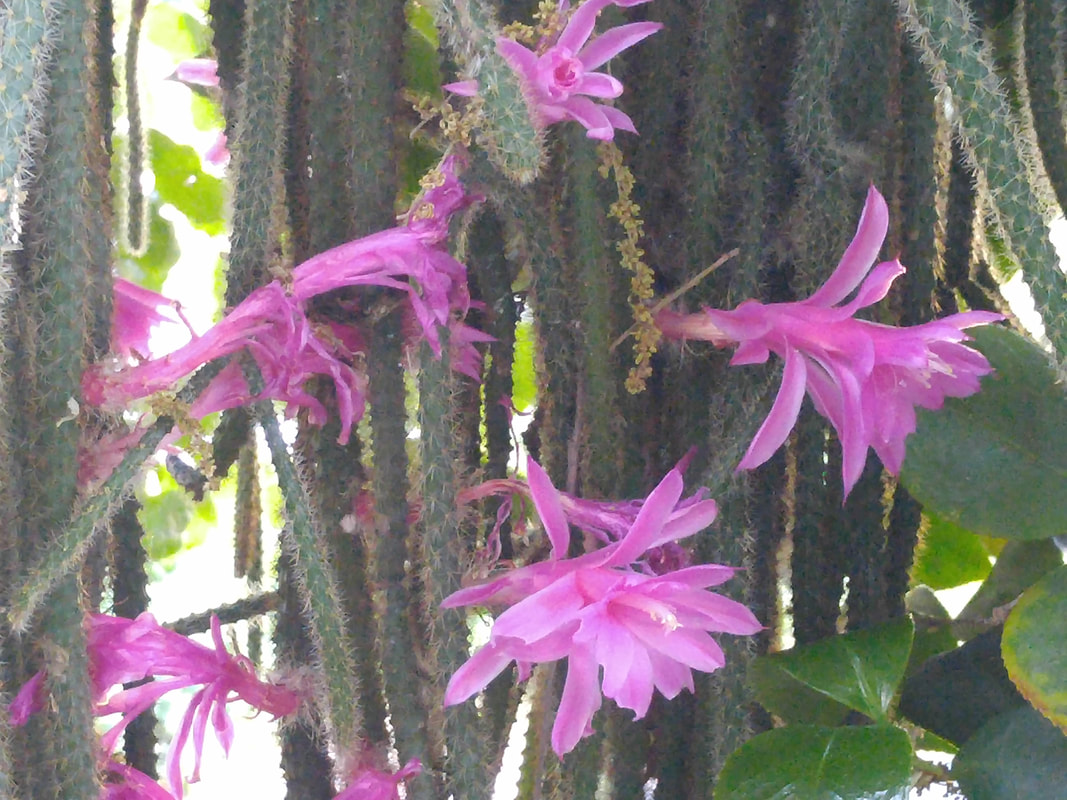
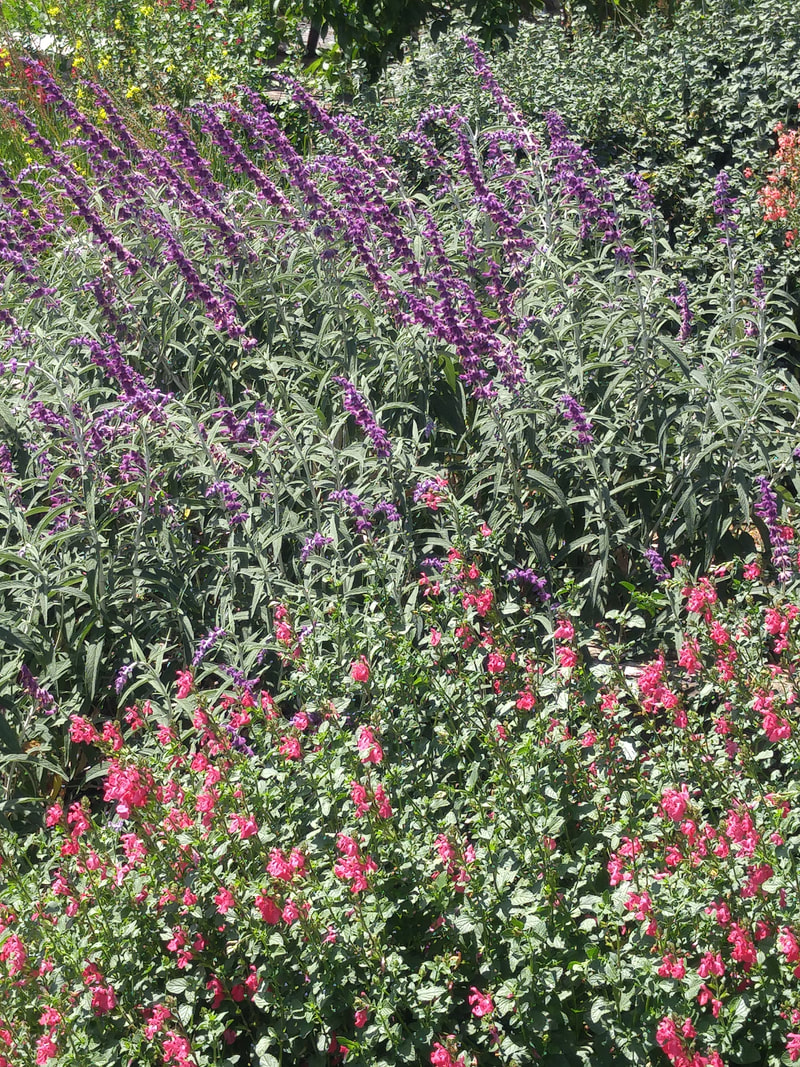
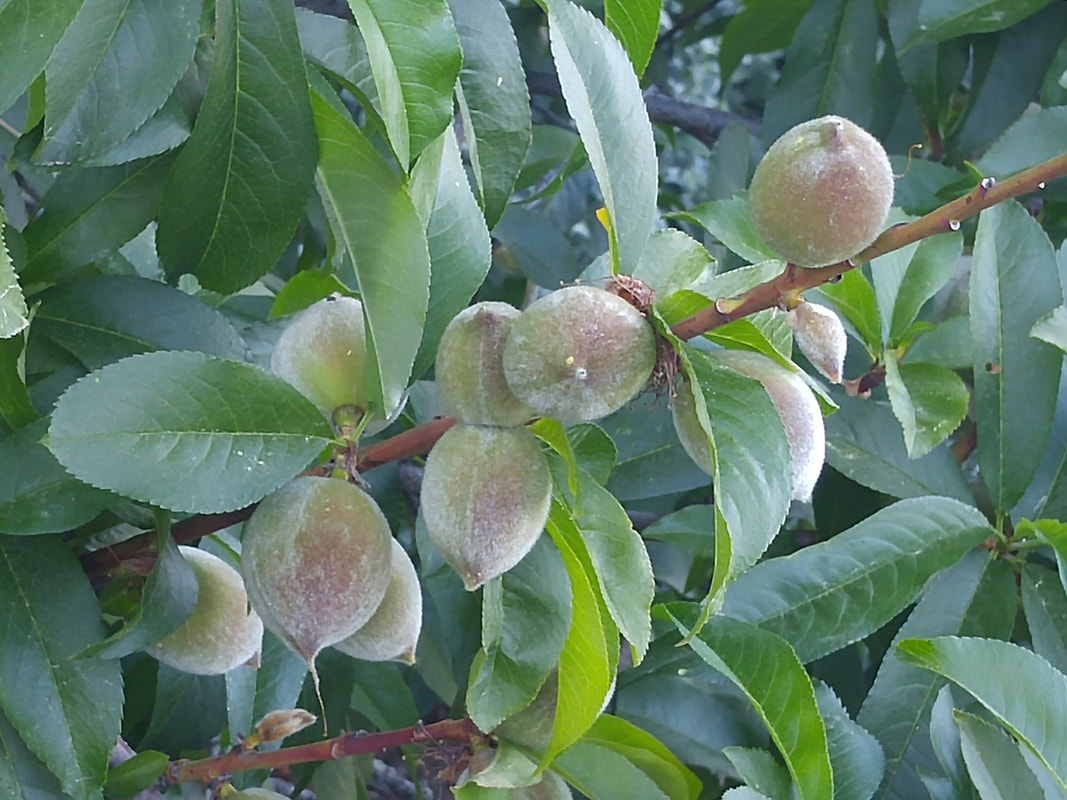
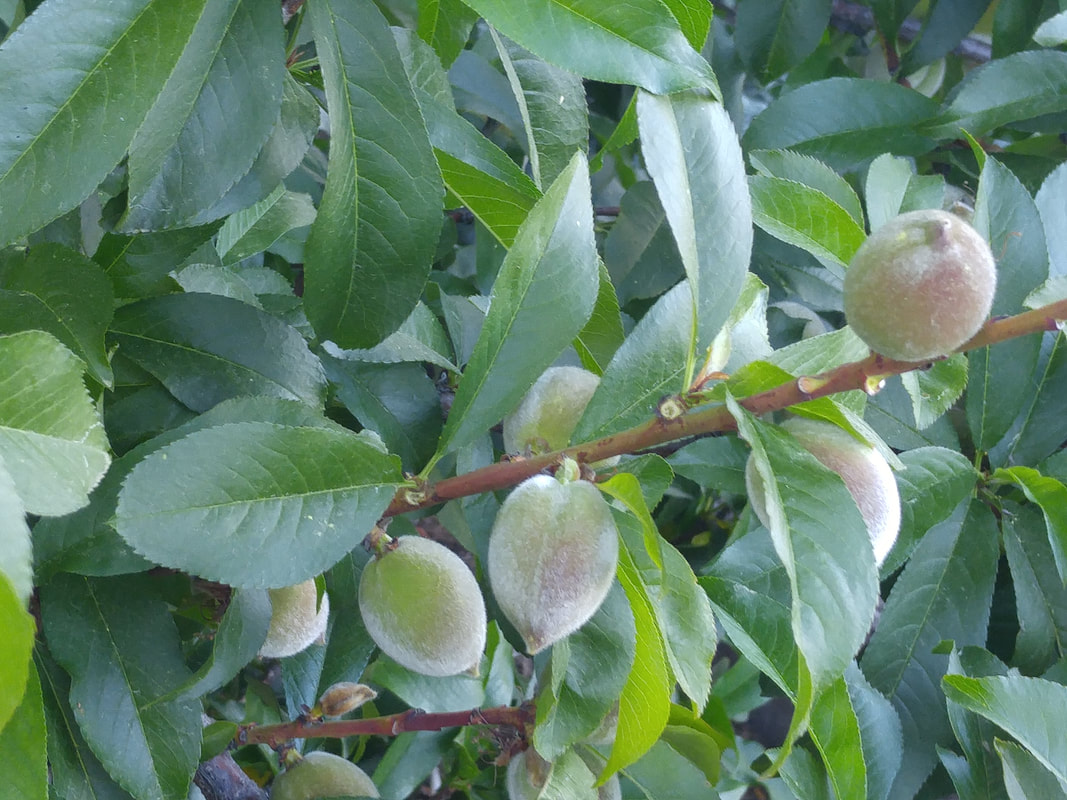
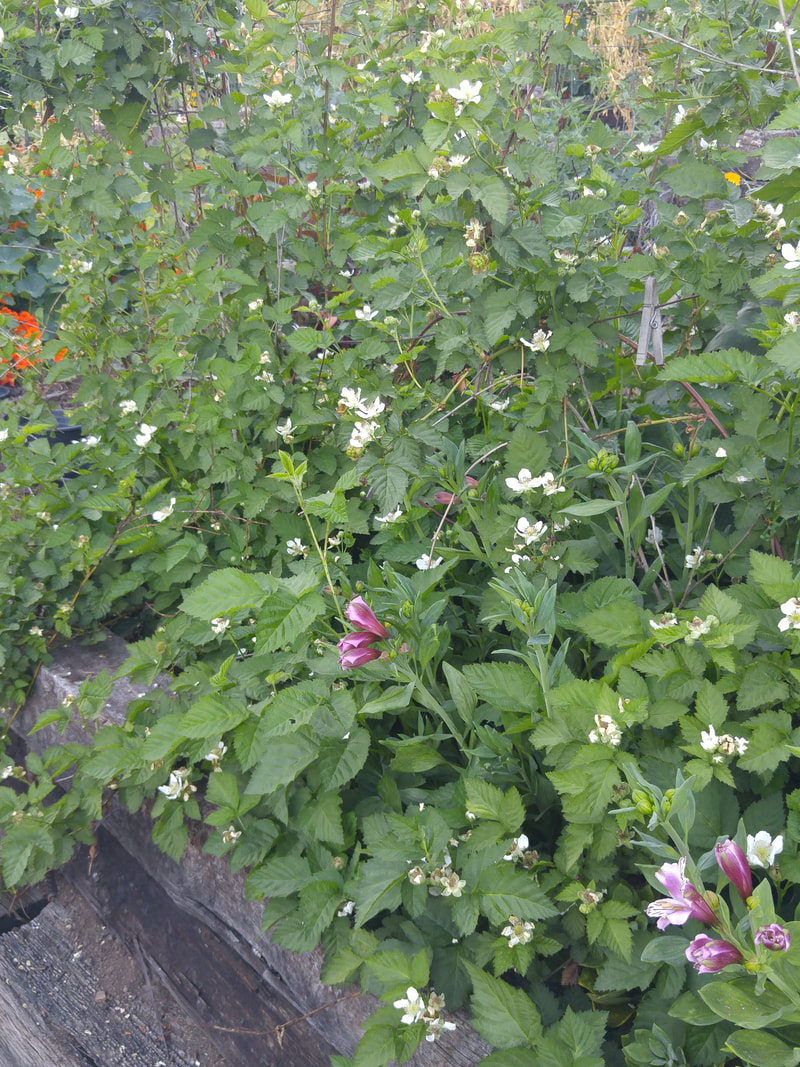
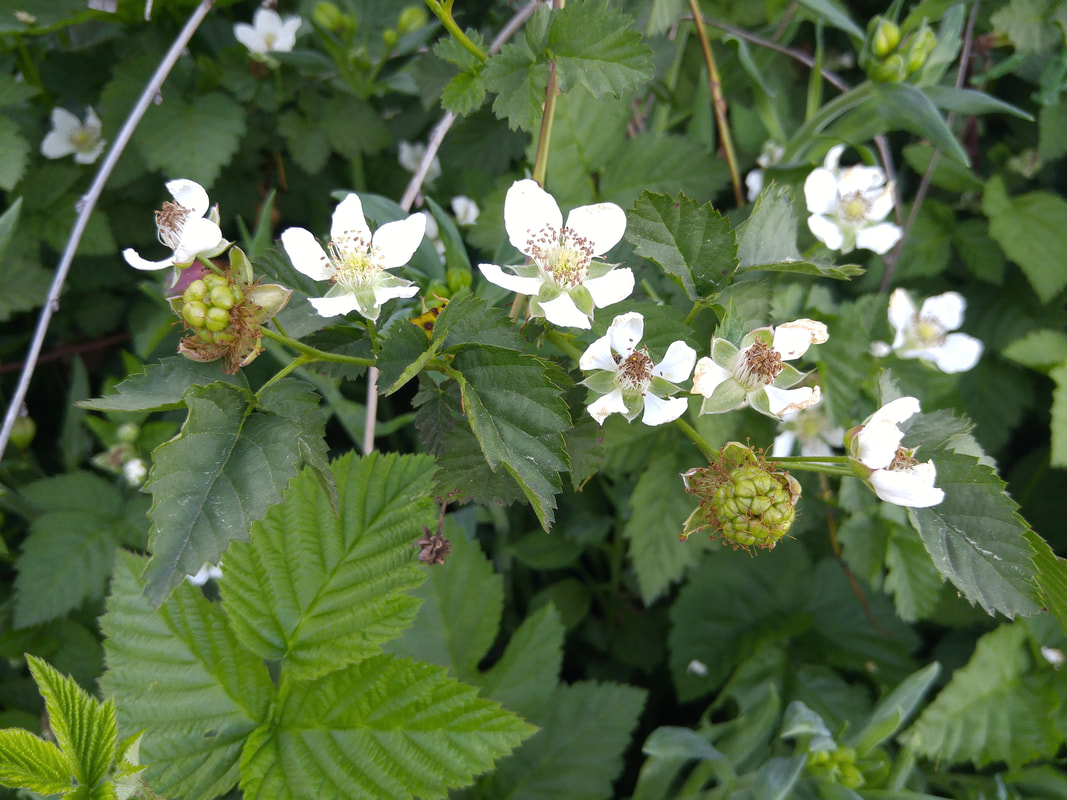
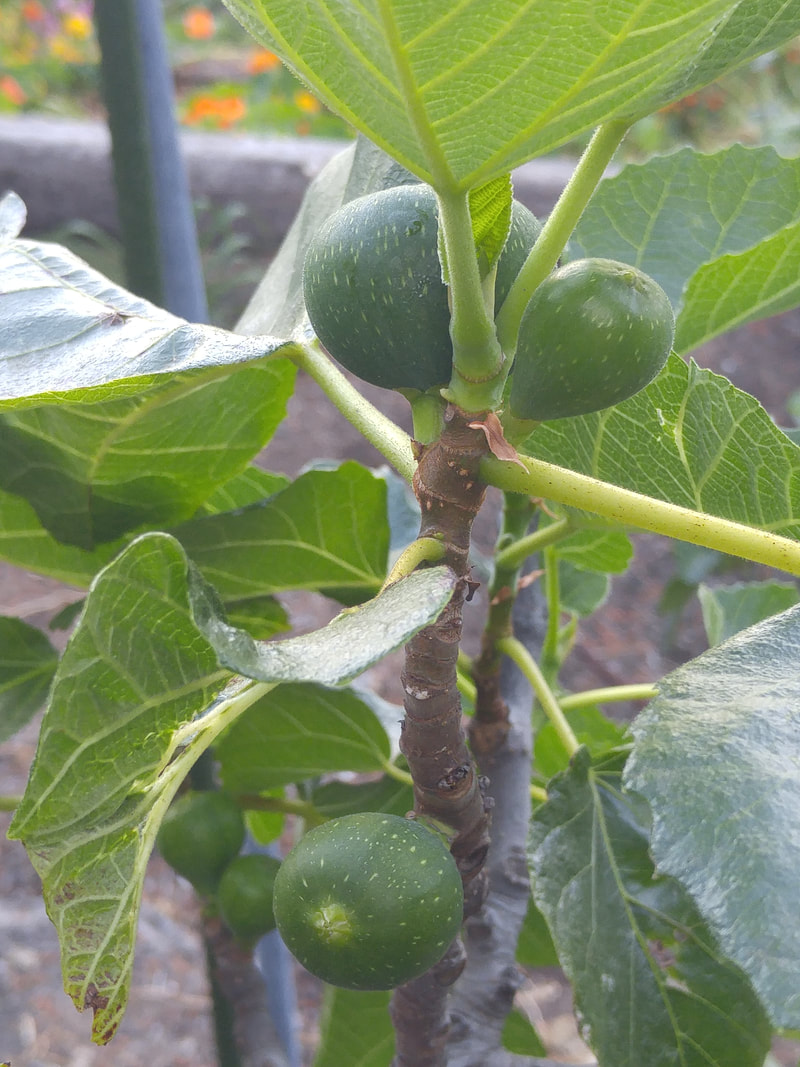
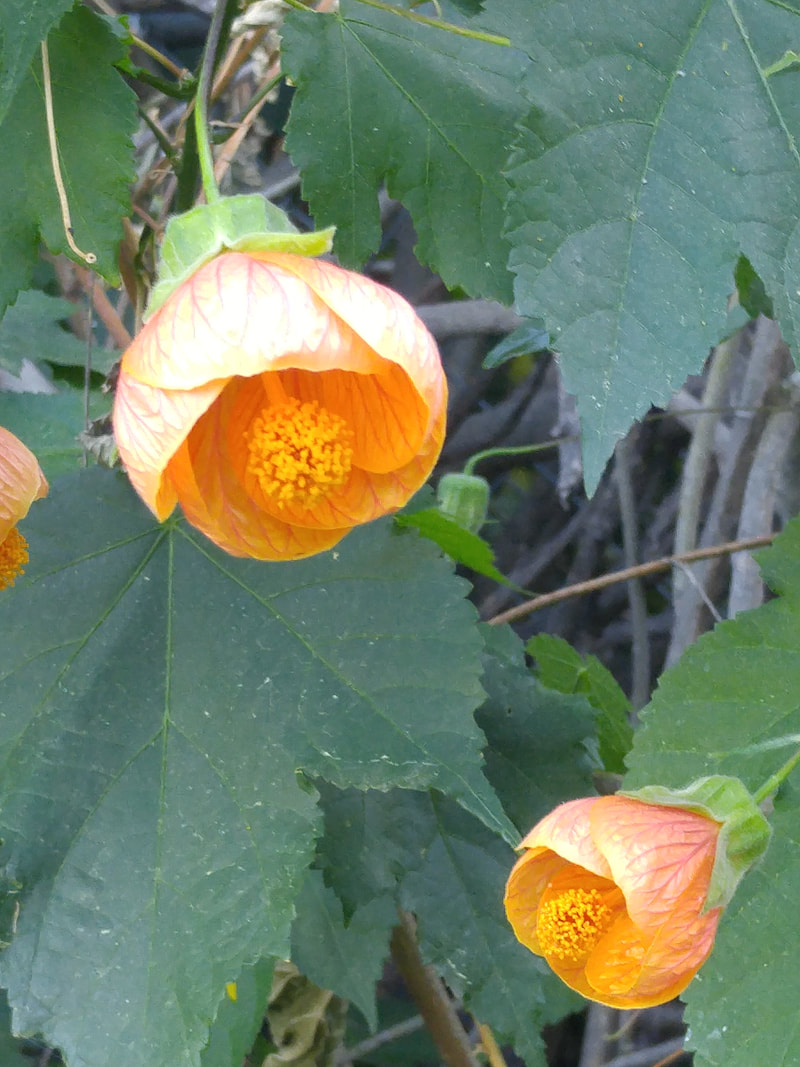
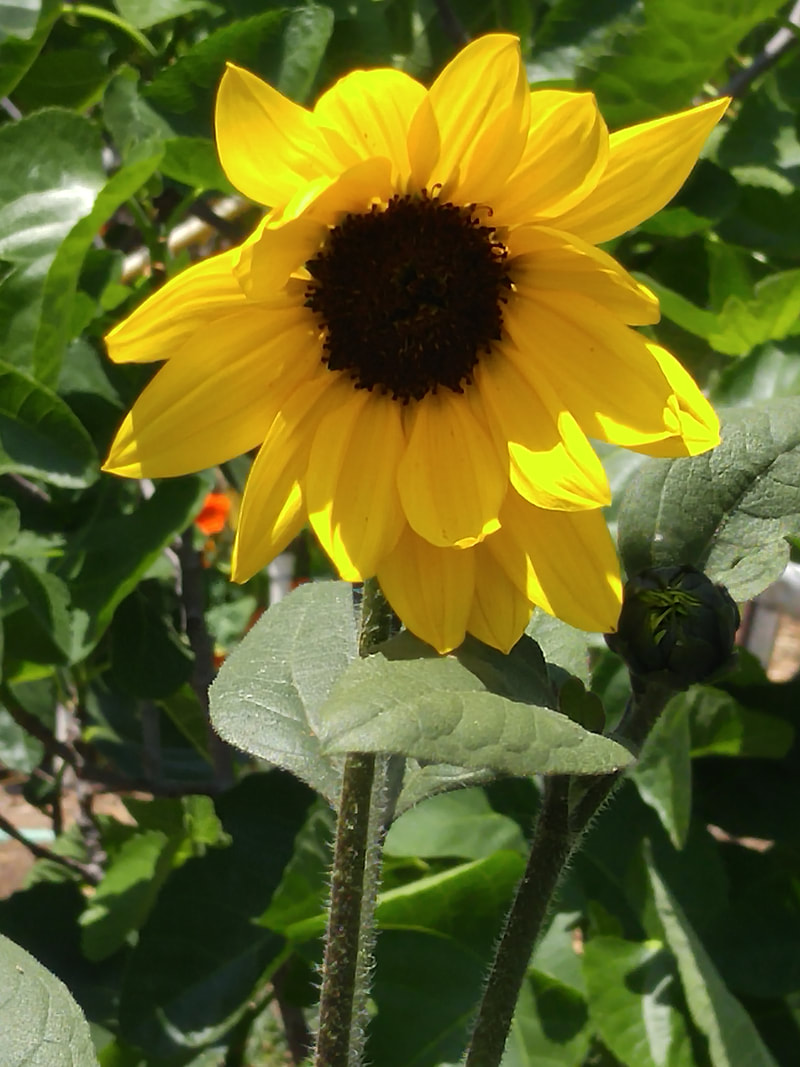
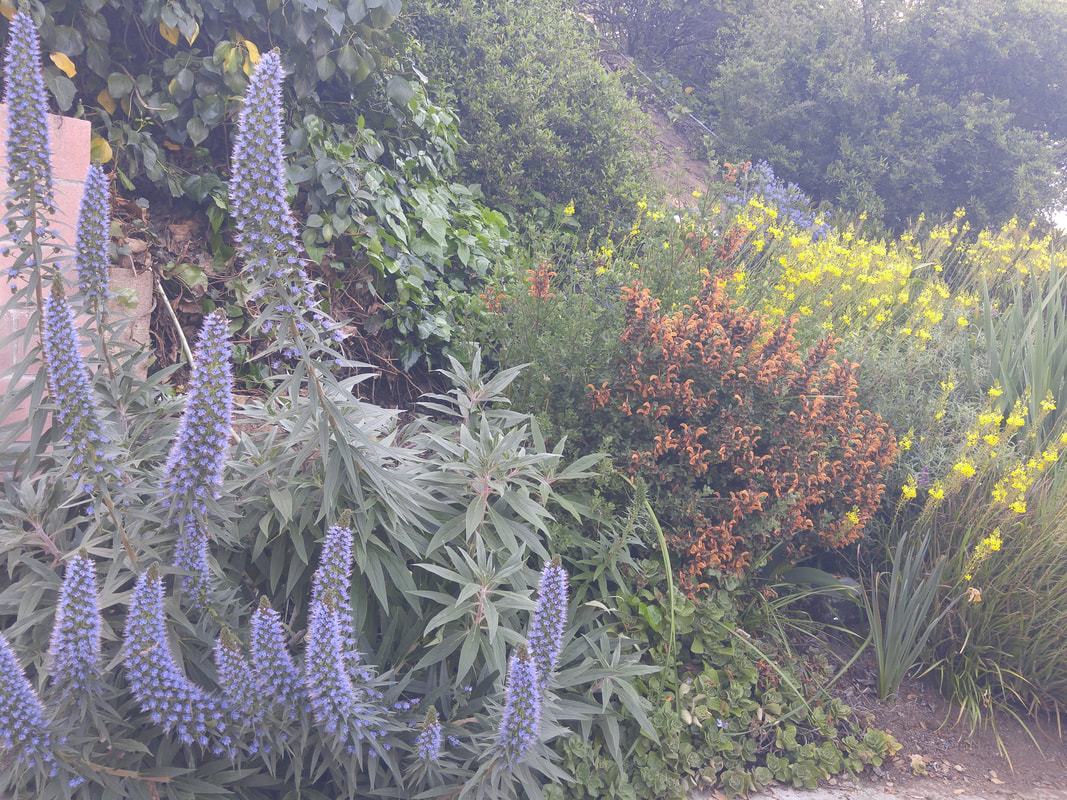

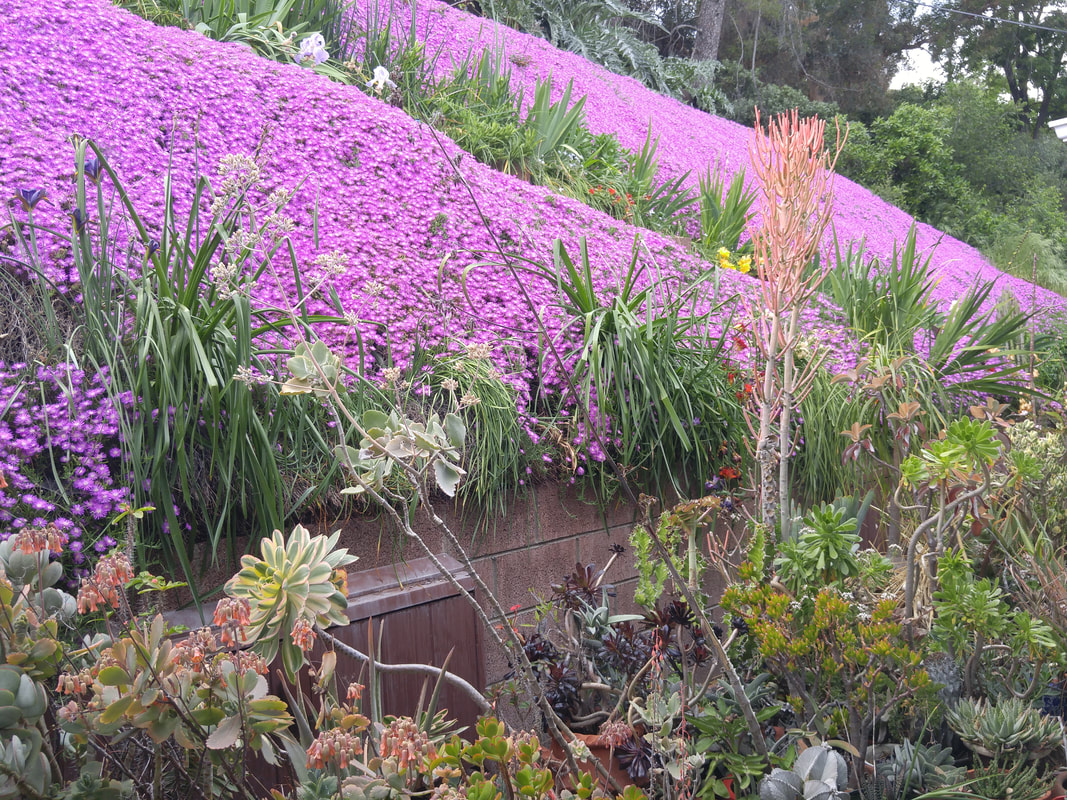
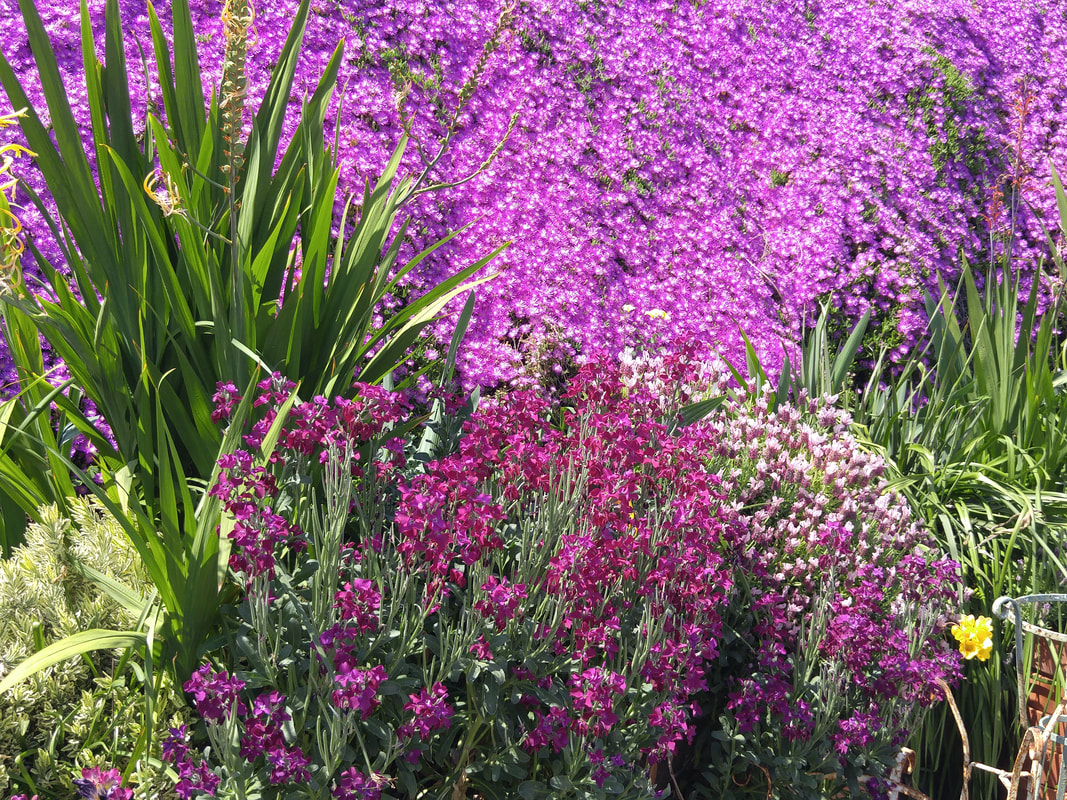
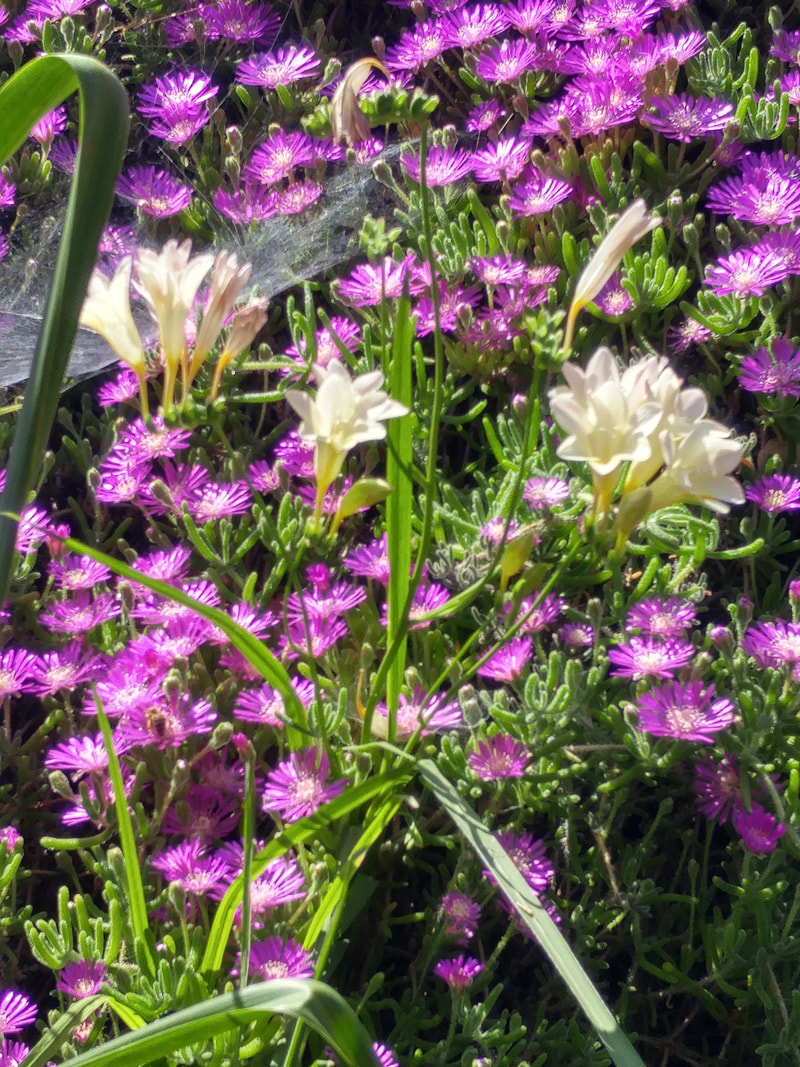
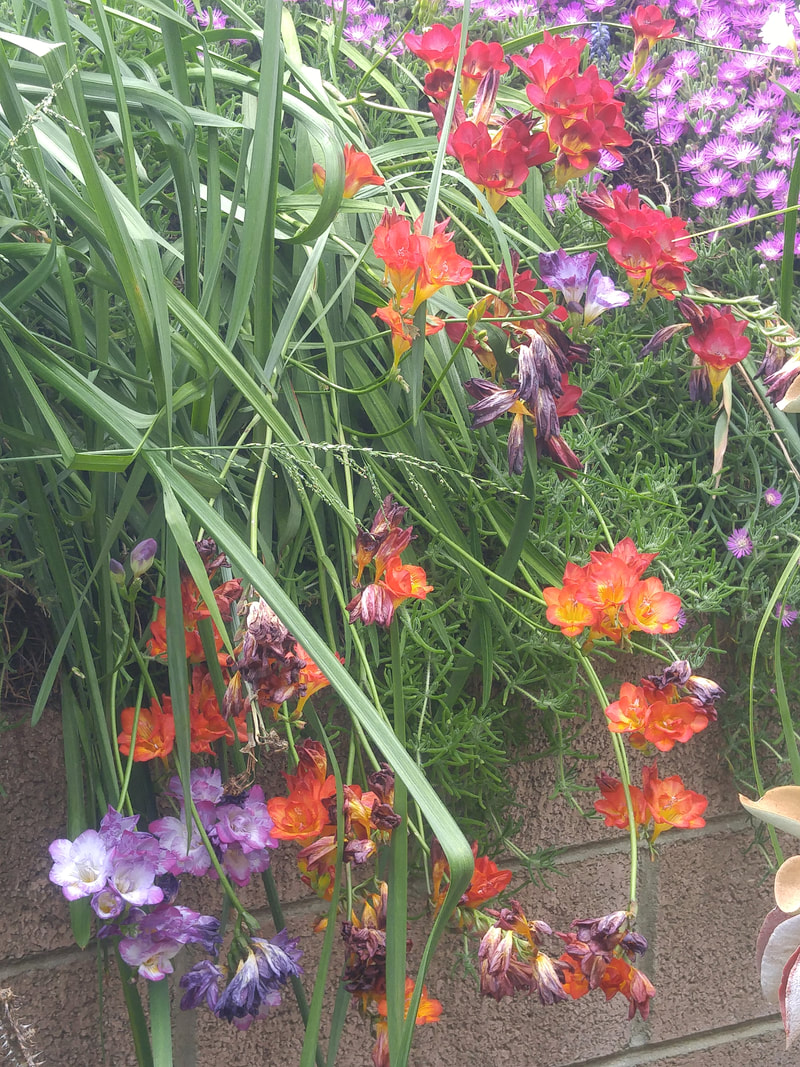
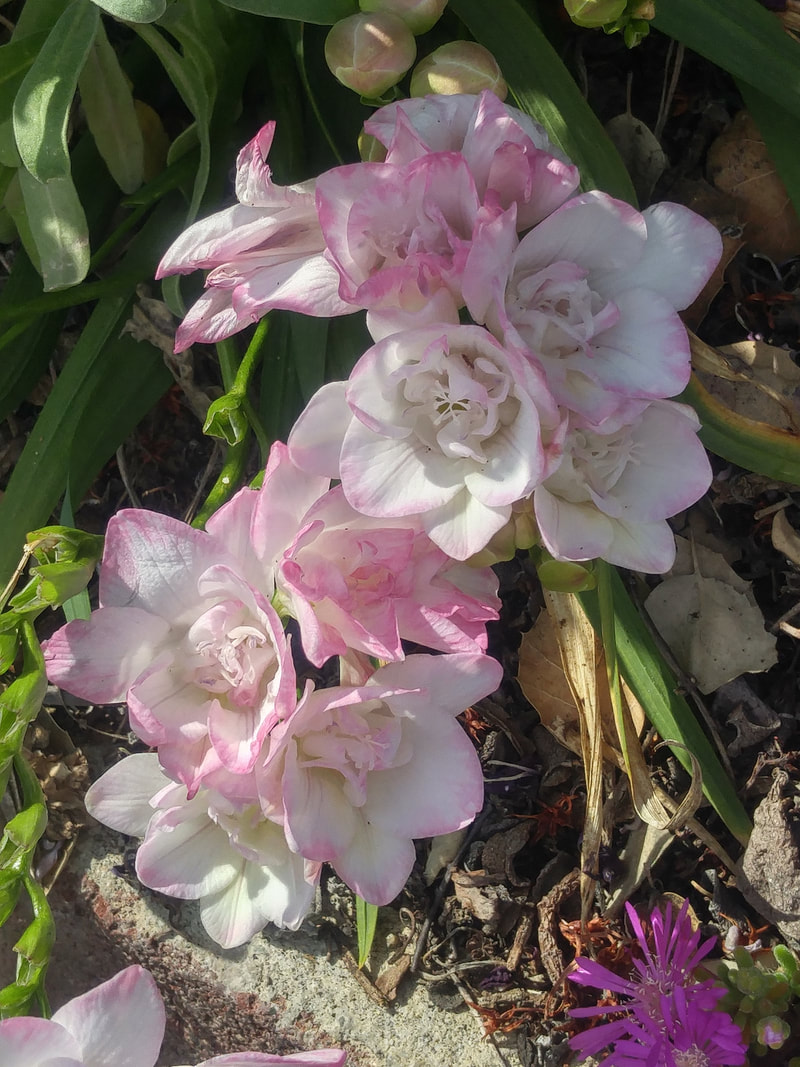
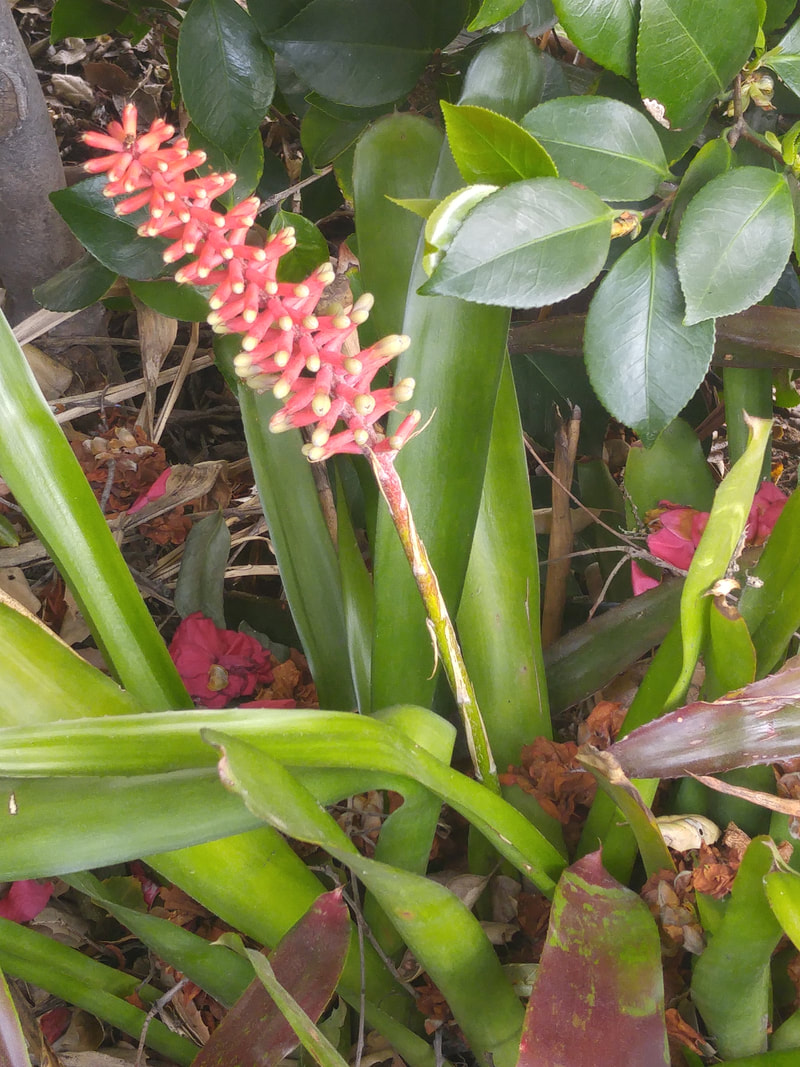
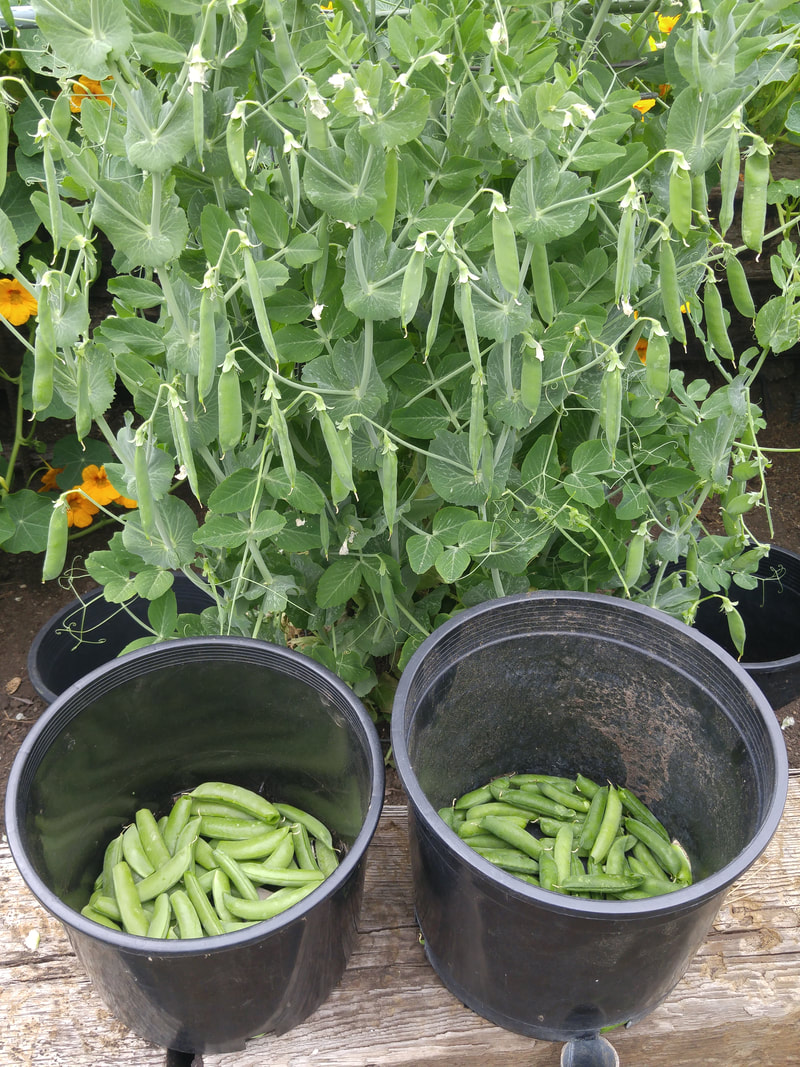
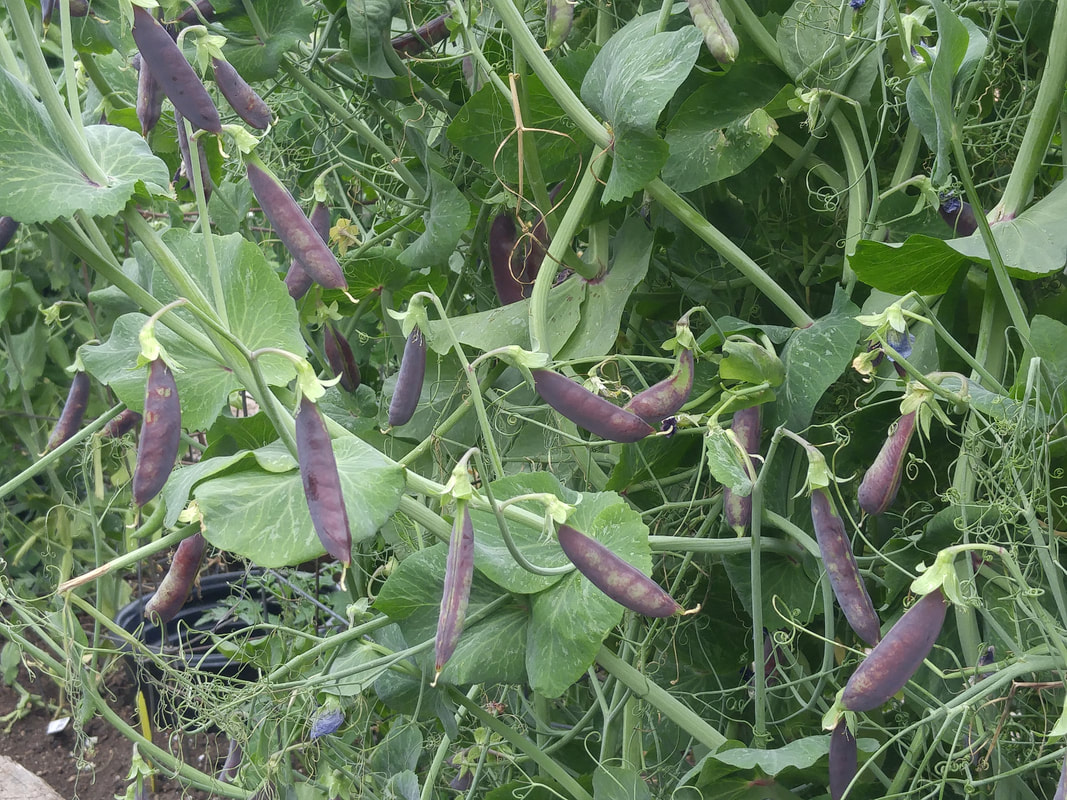
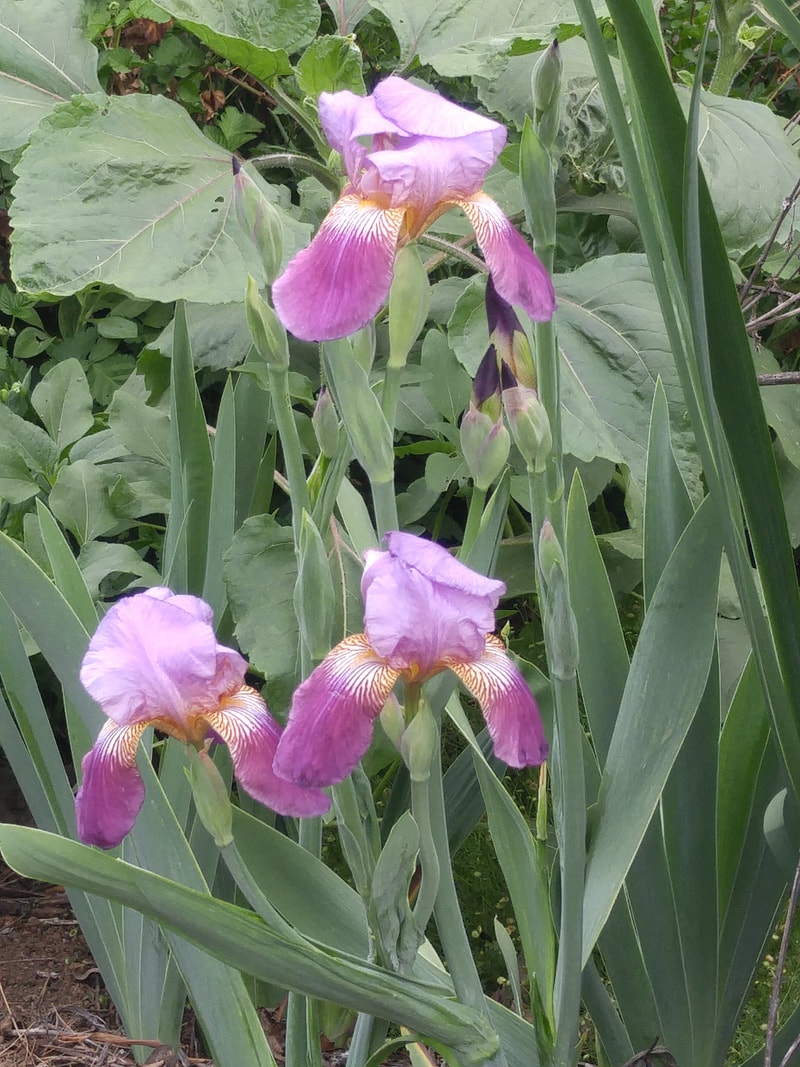
 RSS Feed
RSS Feed